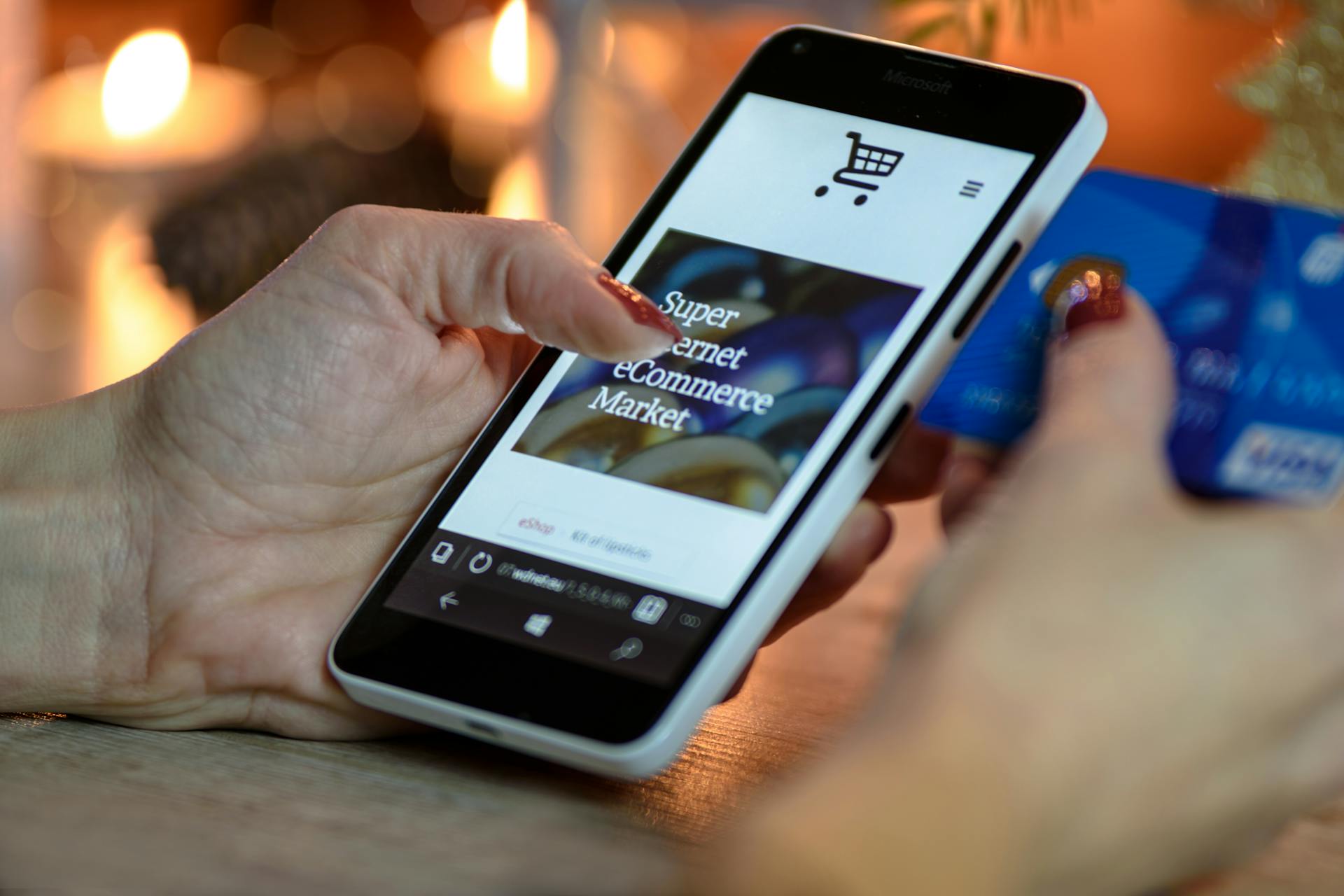Visual Branding Elements That Create Strong Ecommerce Identities
Building an effective online presence is critical for any ecommerce business. The visual branding elements that comprise your brand identity play a significant role in attracting customers and fostering loyalty. From colors and typography to logos and website design, every aspect contributes to how potential customers perceive your brand. A cohesive visual identity helps distinguish your business from competitors and creates an enduring impression on the target audience. This article explores the key visual branding elements that form strong ecommerce identities and how they can influence consumer perceptions and behaviors.
The Power of Color in Branding
Color is one of the most potent tools in the branding arsenal. Various colors evoke specific emotions and associations that can significantly impact consumer behavior. Blue is often associated with trust and dependability, making it a popular choice for financial services. Red can invoke feelings of excitement and urgency, frequently employed in sales and promotions. Understanding color psychology can enable brands to select palettes that resonate with their target audience.
A well-considered color palette is crucial for establishing brand recognition. Consistency in color usage across all platforms, from social media to the website, ensures that consumers can easily identify your brand at a glance. By collaborating with professionals such as visual branding experts in Melbourne, companies can refine their color schemes to complement their brand narratives and connect emotionally with their audience. The right use of color can transform a brand from forgettable to unforgettable.
The Importance of Typography
Typography is another foundational element in visual branding that should not be overlooked. The font style, size, and spacing affect readability and significantly influence a brand’s personality. A bold, modern typeface may convey dynamism and creativity, while a classic serif can evoke a sense of tradition and elegance. Brands must carefully consider their typography choices to ensure they effectively communicate the desired message.
In ecommerce, clear typography fosters a better user experience. Visitors should find essential information quickly and easily, which can lead to increased sales. Consistent typography across digital and print materials enhances brand recognition and trustworthiness. Engaging with specialists can provide valuable insights on how to incorporate typography that aligns with your brand identity.
Logo Design and Its Significance
The logo serves as the cornerstone of a brand’s visual identity. It is often the first visual element that consumers associate with your business. A well-designed logo encapsulates the essence of your brand and sets the tone for its personality. Effective logos are simple, memorable, and versatile, meaning they maintain their integrity across various applications.
When designing a logo, factors such as scalability and usability should be prioritized. A design that looks good in both digital and print formats strengthens consistency and recognition. Companies should be aware of current design trends, ensuring their logos remain contemporary yet classic enough to transcend fleeting fads. Collaborating with professionals can assist in creating a logo that stands out and effectively represents the values of your brand.
Imagery and Visual Content
Imagery plays a vital role in storytelling through visual branding. High-quality images allow brands to connect emotionally with consumers, conveying values, lifestyles, and experiences associated with products. The choice of imagery should reflect the target audience’s aspirations and preferences; this enhances relatability and drives engagement.
Using visuals consistently across marketing channels can reinforce brand identity. From product photos to lifestyle imagery on social platforms, maintaining a cohesive visual style captivates the audience’s attention and helps establish a connection. Brands should invest in high-quality photography or graphic design to ensure their visual content communicates professionalism and authenticity.
Website Design and User Experience
The design of your ecommerce website directly impacts user experience, influencing how potential customers perceive your brand. An appealing layout that prioritizes user-friendliness can enhance engagement and reduce bounce rates. Key elements like navigation menus, product displays, and checkout processes should be designed with the user in mind, making it easy for visitors to explore and purchase.
Responsive design is paramount; with an increasing number of consumers shopping via mobile devices, ensuring that websites function seamlessly on all platforms is essential. A site that reflects your brand’s visual elements while offering a streamlined experience fosters trust and encourages repeat business.
Consistency Across All Platforms
Brand consistency is essential in establishing a strong ecommerce identity. Each visual element should work together harmoniously on different platforms, from social media and email marketing to packaging and customer service interactions. Inconsistent branding can confuse customers and diminish brand loyalty over time.
To maintain a strong visual brand, companies should develop comprehensive branding guidelines that outline how to use each visual element. This includes specifications about color codes, typography choices, and logo applications. Consistency builds consumer trust and can drive better results.
Every aspect of visual branding plays a pivotal role in defining an ecommerce business’s identity. From color and typography to logos and overall design, effective visual branding can set a company apart and attract consumers. With a focus on consistency and emotional connection, businesses can develop strong identities that resonate with their audience and promote lasting relationships.




